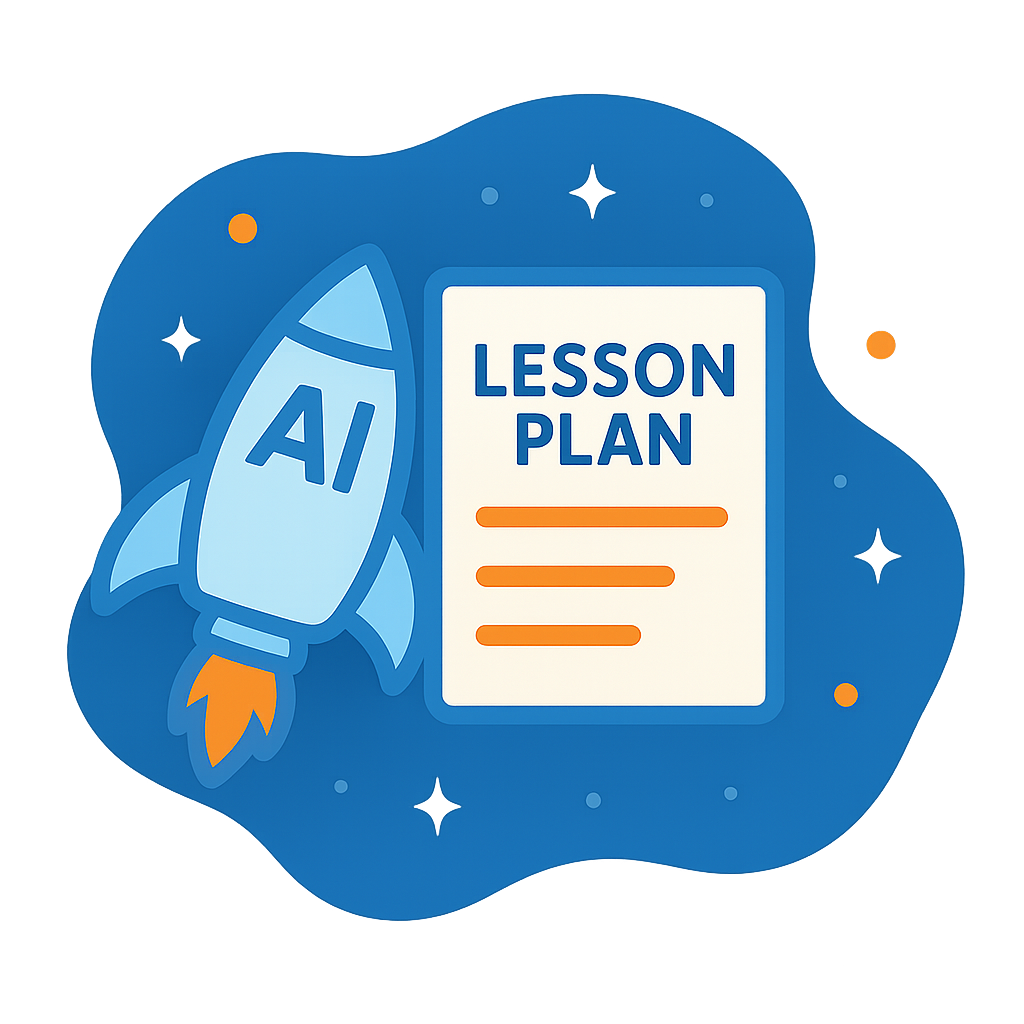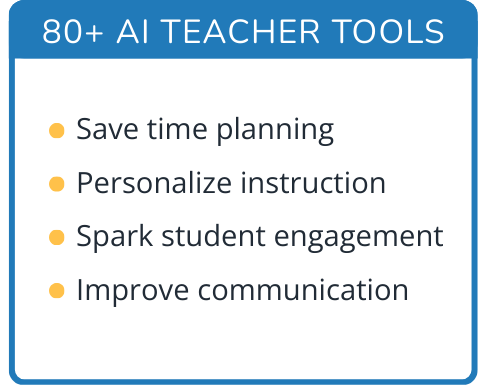Hi, what do you want to do?
Curated OER
Comedia dell' Arte Paper Masks
Students create masks from the Italian Renaisance theatre and use them in one-act plays they write. they analyze the role and development of theatre in world cultures.
Balanced Assessment
Plenty of Pentagons
Why are only four colors needed to color webs from regular pentagons, not five? An assessment task requires young mathematicians to first construct regular pentagons using a compass and straightedge, then has them consider a shape...
Carnegie Mellon University
Technical Sketching Worksheets
How do you create a technical drawing? Cover the basics of technical sketching with a few practice sketches of simple shapes. A technical sketching lesson introduces the proper precision measurement techniques. Pupils progress...
Curated OER
Discovering Conic Sections in the Motion of Heavenly Bodies
Math scholars study conics and how they are used today. For this mathematical lesson, pupils construct and slice cones after viewing a demonstration.
Curated OER
More Prisms/Nets
Students calculate the volume and surface are of three-dimensional shapes. In this geometry lesson plan, students use the nets to prove their calculations of shapes. They identify the different parts of a solid using the nets.
Curated OER
Surface Area and Volume
Students are introduced to the notion of surface area and volume. Students review surface area and volume by finding the area of a two-dimensional shape. They practice using the computer to create different surface area shapes.
Curated OER
Spaces and Places
Learners identify three-dimensional forms in various buildings and construct three-dimensional paper forms.
Curated OER
Exploring the Properties of Rectangular Prisms.
Pupils define properties of rectangular prisms. In this geometry instructional activity, students identify the relationship between two and three dimensional objects. They use Cabri technology to graph their figures.
Curated OER
Comparative Sculpture Lesson Plan
Fifth graders view original artwork, define the art form sculpture, discuss similarities and differences between the examples provided, discuss the three-dimensional quality of each example given, and create and critique their own artwork.
Curated OER
Platonic Solids
Students identify different types of polygons. In this geometry lesson plan, students differentiate between convex and regular shapes. they identify the names of two and three-dimensional objects.
Curated OER
Compass Designs
Students investigate the properties of two and three dimensional objects. In this geometry lesson, students differentiate polygons based on similarity and congruence. They make observation and interpret the data.
Curated OER
Tissue Collage Vase
Fifth graders create a collage vase with tissue paper. Using the vase, they cover the material with tissue overlapping with other pieces. They use Mod Podge to get the wrinkled look of the tissue paper and make three dimensional...
Curated OER
Dinosaur Designs
Students study dinosaurs in science and conduct online research to gather written information about his or her dinosaur. Then, in art class, they sketch their dinosaur and create an accurate three-dimensional dinosaur model out of paper...
Curated OER
Create a microbe
Students explore viruses and bacteria. They construct three dimensional models of microorganisms recognizing size relationships by comparing the size of viruses with the sizes of bacterial cells.
Curated OER
Cube Net
In this geometry and art worksheet, 3rd graders trace and cut out a cubic net to fold and glue together to learn about the dynamics of three-dimensional figures and shapes.
Curated OER
Standard Treehouse Lesson Plan
Seventh graders investigate the concepts related to the geometry of treehouses that focuses on angles that are similar and congruent. They conduct class discussion in terms of looking at three dimensional shapes that are represented in...
Curated OER
Listen to a Shape
First graders identify basic shapes (circle, square, rectangle, triangle) and describes the attributes of each. They use magazines to find examples of each shape, and then make a collage.
Curated OER
Geometric Figures
Students identify two and three dimensional shapes and use appropriate geometric vocabulary to write a description of the figure by taking pictures of geometric figures in their own environment.
Curated OER
Nets of 3-Dimensional Figures #2
In this nets of figures learning exercise, students determine which given shapes will make a shown net, then name the shapes uses. A reference web site is given for additional activities.
Curated OER
Shape It
Fourth graders use math software and geoboard paper to design basic shapes. They write individual definitions for the geometric shapes based on what they see in the shapes. They apply their background knowledge of the shape as they write...
Curated OER
Net C
In this learning tool learning exercise, 3rd graders cut and paste a template to create a cylinder. Students could color or decorate the cylinder.
Curated OER
Surface Area
Sixth graders compute the surface area. For this surface area lesson students are given a set of problems to calculate. They compute the surface area of cubes and rectangular boxes.
Curated OER
Geo Jammin' By DeSign - Day 2, Lesson 7: Start At Square One
Students examine new shape possibilities by combining two and four triangles using manipulatives.
Curated OER
Perimeter and Area of 2D Shapes
Students find the perimeter and area of circles, triangles, and rectangles. In this perimeter and area lesson plan, the teacher gives students formulas for each shape and measurement and works through examples on the board. While no...




























